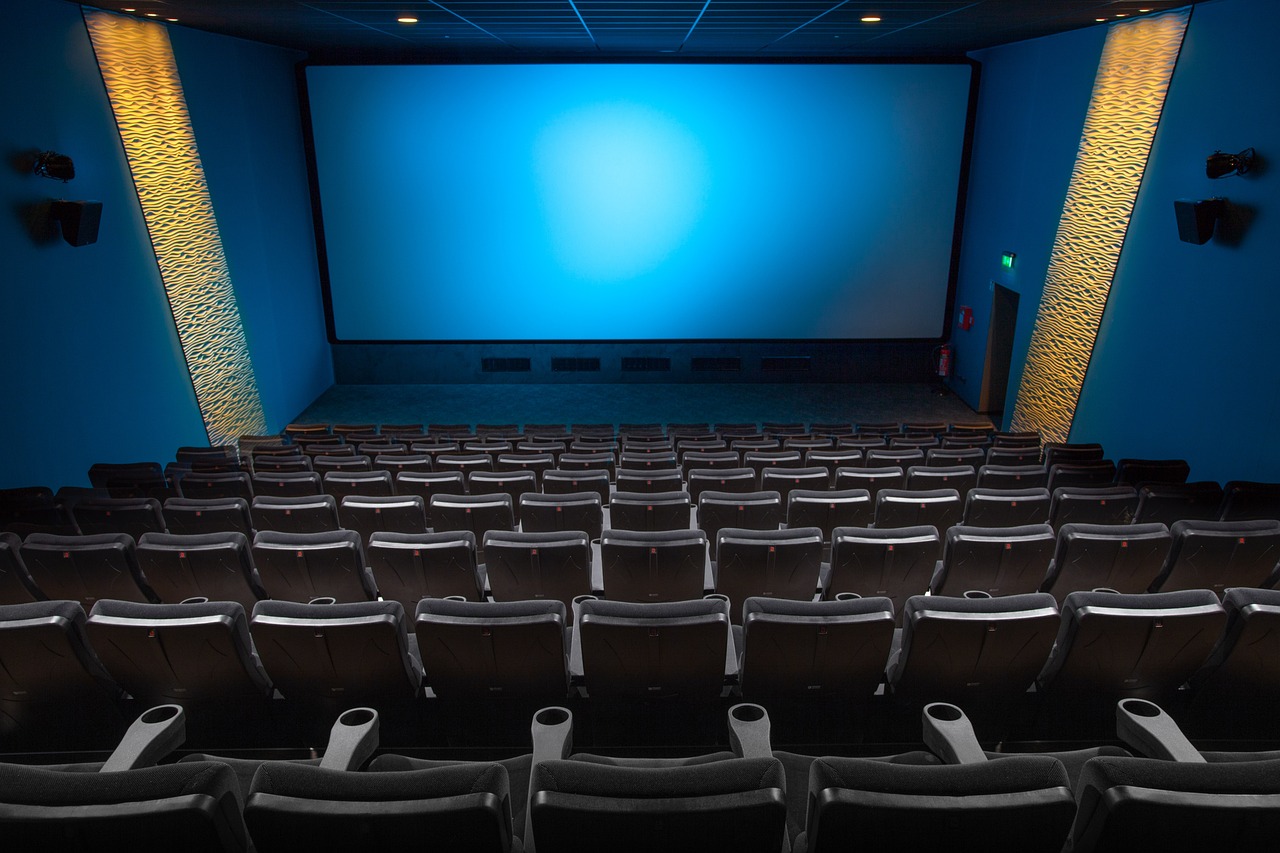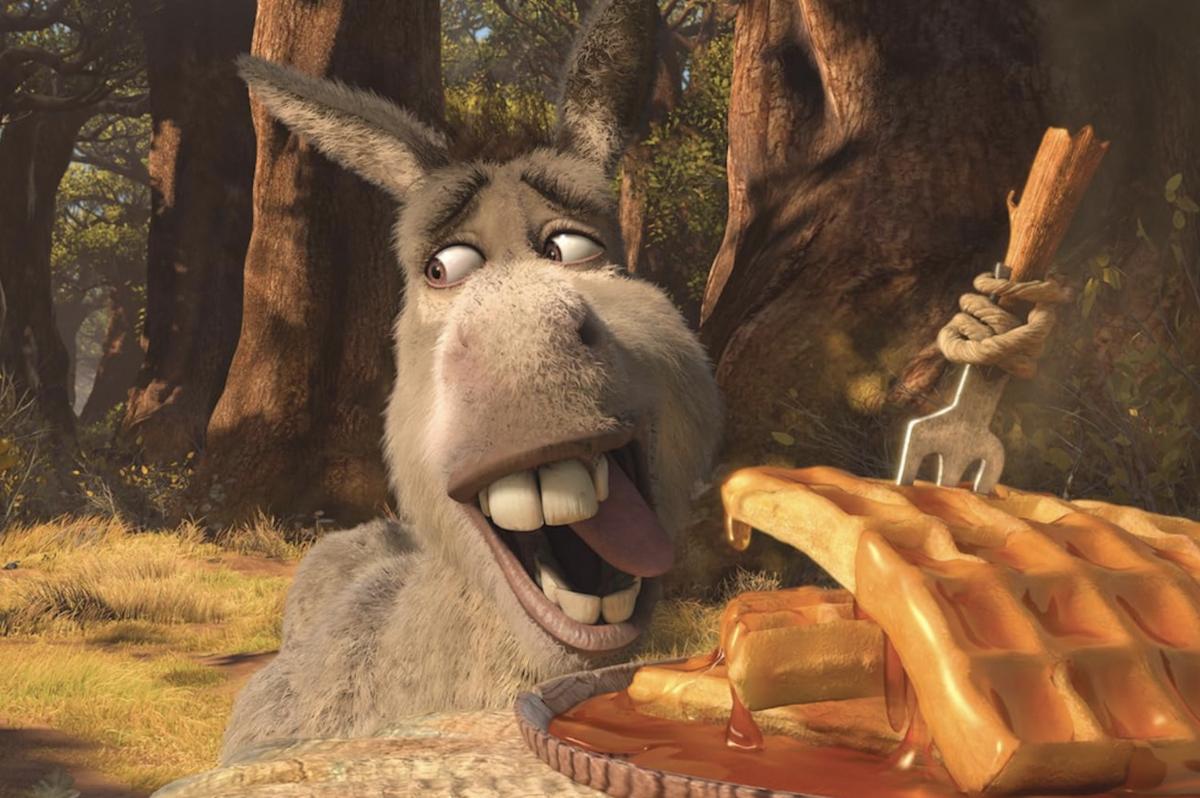In a world filled with nonstop content, true engagement stands apart. It is no longer enough for a movie or series to be watched. Today’s audience wants to feel something, to be transported into the story, to connect deeply with characters and settings. Engagement now involves immersion, interaction, and emotional impact.
From character arcs to captivating environments, everything works together to hold attention. Some productions even bridge the divide between viewer and participant, creating shared experiences that extend beyond passive watching. As the digital age matures, entertainment is evolving into something far more experiential.
Character-Driven Stories That Keep Viewers Invested
Strong narratives and human connection remain at the heart of effective entertainment. Stories that resonate on an emotional level give people a reason to stay involved. Audiences connect with characters who feel human, not ideal. It’s the growth, the struggle, and the change that hold attention. They want to see growth, tension, resolution, and moments that mirror real-life challenges.
Whether it is a quiet indie drama set in Toronto or a high-stakes thriller with global reach, the core driver is character empathy. When viewers relate to the emotional struggles and victories of those on screen, they stay engaged. This connection grows stronger when the performances bring subtlety, depth, and authenticity. Carefully written dialogue, honest emotion, and layered backstories can carry even a slow-paced series. Without compelling characters, even the most expensive production risks falling flat.
Immersive Worlds That Make Fiction Feel Tangible
Settings matter more than they used to. Today’s entertainment thrives on creating worlds that feel lived in. Viewers aren’t just watching events unfold; they’re being invited into distinct environments. These spaces enhance narrative texture, provide context for the action, and often become iconic in their own right.
From the snow-covered streets of Quebec in tense crime dramas to the polished interiors of luxury resorts in high-end thrillers, Canada has quietly served as a backdrop for many international hits. But beyond just being beautiful or gritty, these environments often help anchor the story. A bustling casino floor, for example, is not just a location but also a pressure cooker. The flashing lights, swirling sound, and constant tension create a sensory-rich atmosphere.
Directors use these settings to reinforce themes of risk, temptation, and power. Settings like this work because they heighten emotion. They do not distract, they support. And when the environment becomes part of the tension or release, viewers remember the moment.
Memorable Casino Scenes
Some of the most intense moments in Canadian-linked productions unfold in gaming halls. These scenes work not just because of their setting, but because of how they reflect the stakes for each character. Whether it’s a desperate move at the roulette table or a quiet bluff at the poker felt, the action is more than visual, it’s personal.
In the 2003 film Owning Mahowny, Philip Seymour Hoffman delivers a performance that captures a solitary man’s descent into gambling addiction with haunting precision. Cold Deck (2015), a Canadian feature filmed in Toronto, captures a similar spiral as its lead character falls into a dangerous underground poker scene. More recently, Bet (2025), a Netflix series, explores risk and compulsion in a connected world where the chips may be digital, but the consequences are real.
These films and series show how casino environments do more than entertain—they frame critical moments of decision, pressure, and revelation. The tension is internal as much as external. Scenes like these leave an impact because they blend character conflict, strong visual design, and emotionally charged atmosphere. They pull the viewer in and make the stakes feel close.
Viewer Involvement Is Changing the Entertainment Game
Content consumption has shifted from passive viewing to active engagement. Streaming services, mobile devices, and second-screen culture have changed the rules. Audiences want to take part. They expect some level of control, even if it’s just choosing what to binge next. But some forms go further. Interactive storytelling now allows viewers to shape what they see. Branching narratives, audience voting, and real-time feedback loops are growing.
This shift means creators must think beyond a single track. Content must adapt, respond, and reward participation. People want more than to see a result; they want to feel like they helped shape it. And the more they are allowed to engage, the more they remember. Engagement rises when decisions matter.
Even outside of fiction, platforms are experimenting with ways to turn watchers into participants. This is where live casino games have stepped into the spotlight. These experiences offer high levels of interactivity and shared engagement. They mimic the feel of traditional entertainment, but with a personal stake. Each click, decision, or outcome deepens the connection.
Expanding Entertainment Into New Digital Spaces
The divide between reality and entertainment keeps shrinking. The screen is no longer a boundary. Viewers do not just consume content; they experience it across formats, devices, and even communities. This is especially clear in global fan culture. People attend viewing parties, post live reactions, and debate plot theories across platforms.
The most successful content today often encourages this. It becomes part of the audience’s identity. When a viewer feels like a participant in a larger conversation, the engagement runs deeper. This is no accident; it’s the result of careful planning by creators who understand their audiences and build for them.
Interactive apps, companion content, and participatory storytelling formats are making it easier than ever for people to connect. Be it a limited series or a real-time online game, the goal remains the same: make the audience feel involved. Let them connect, share, react, and return for more. These methods expand what entertainment can be. They go beyond production value or star power. They build memorable moments by offering experiences that matter.
Entertainment That Leaves a Lasting Impact
Entertainment is no longer just a matter of good scripts or big budgets. What truly holds attention today is the ability to make audiences feel included, emotionally and intellectually. Character arcs, distinctive settings, and unexpected choices all play a part. But it’s the transition from screen to shared experience that defines the new standard.
From a tense poker hand in a Toronto casino to a late-night decision made during a live interactive game, the line between viewer and participant keeps fading. As the industry adapts, engagement will belong to those who create moments people don’t just watch but also remember.




